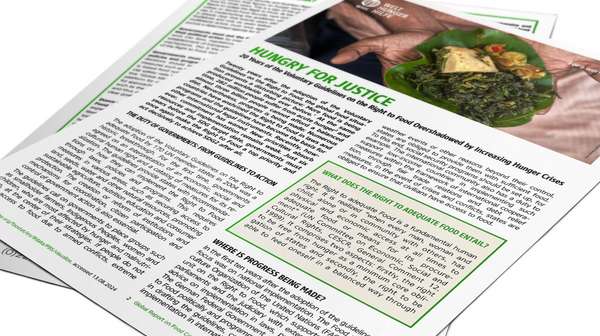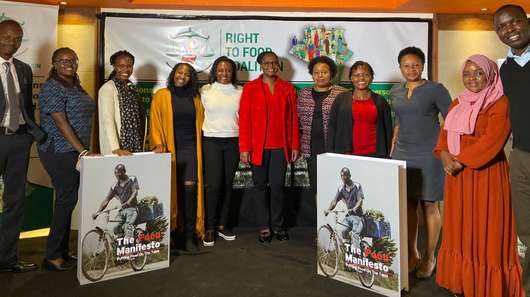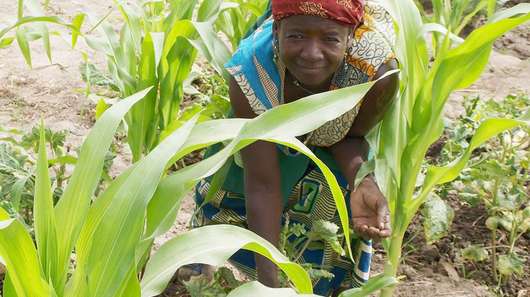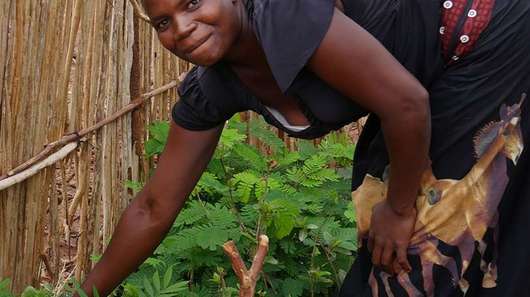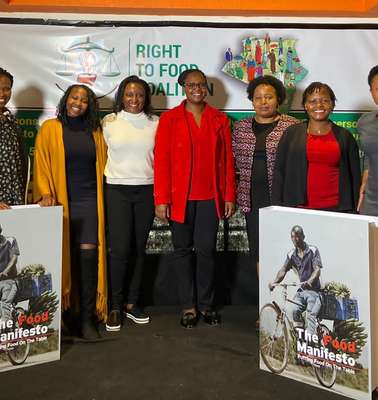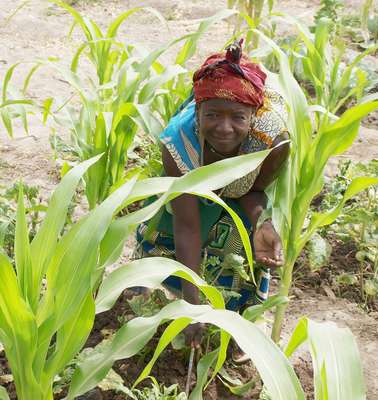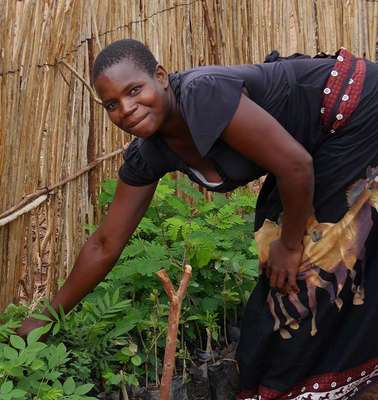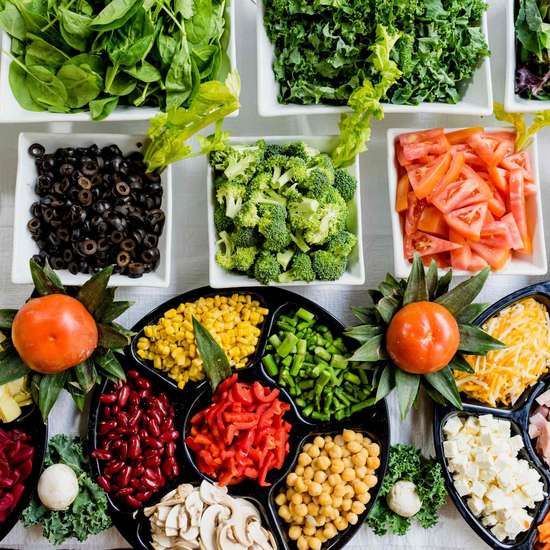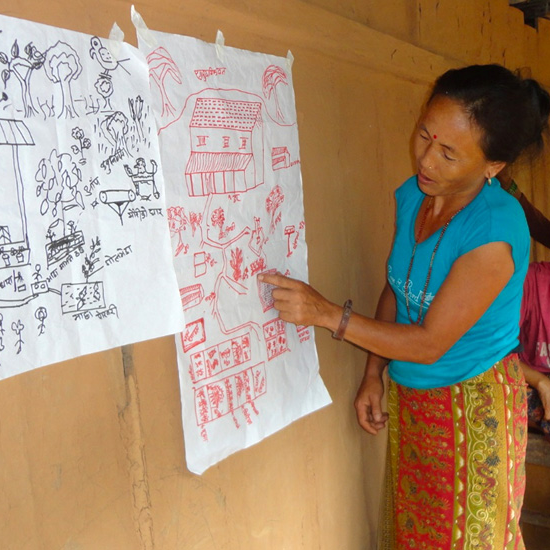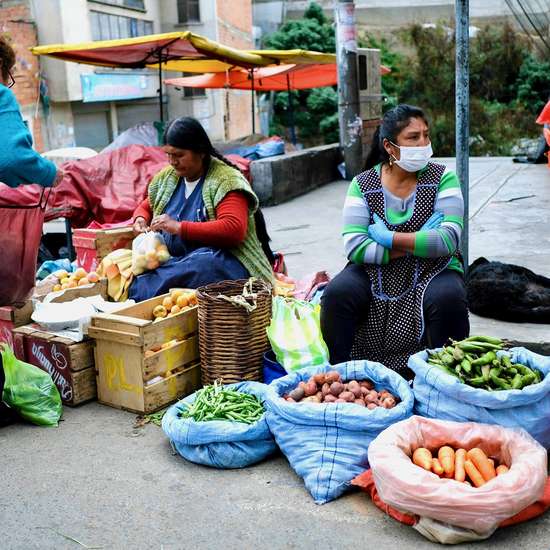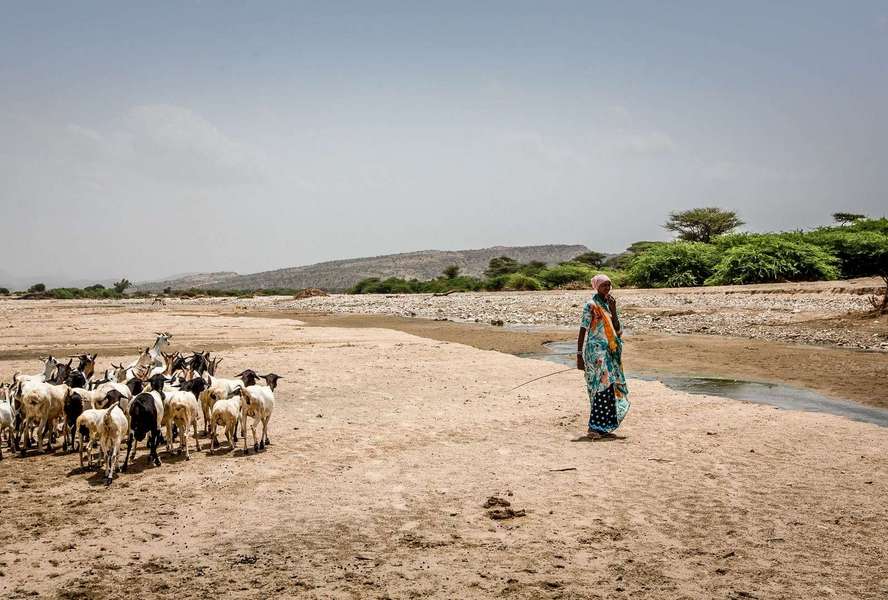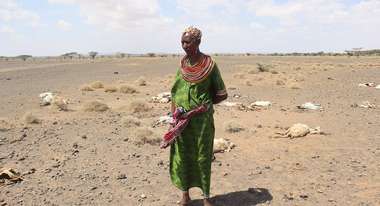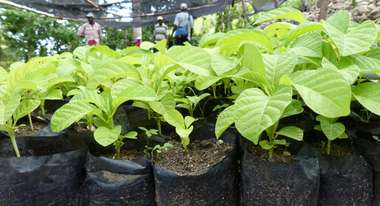20 years ago, the Voluntary Guidelines on the Right to Food were adopted by 170 UN member states. What is the situation today?
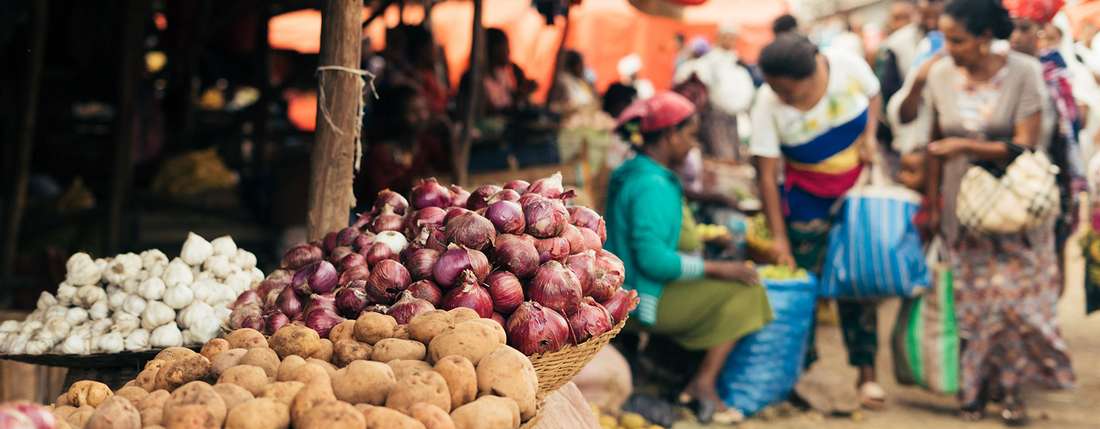
Food Systems: Hungry for Change
Food Systems can be transformed – together
Today, the world produces enough food to feed the entire population. Yet, some 733 million people are undernourished, 2.8 billion people cannot afford a balanced diet, and 148 million children worldwide are stunted – an indicator of chronic malnutrition and a condition that is irreversible in these people´s lives. At the same time, global adult obesity has more than doubled since 1990, and adolescent obesity has quadrupled.
The combined impact of increasing inequalities, severe climate shocks, economic downturns and violent conflicts have culminated in an ongoing polycrisis that is undermining the food and nutrition security and wellbeing of communities worldwide, but particularly for the most vulnerable in the Global South.
Food systems must pay for people and the planet – today and tomorrow. Presently, smallholder farmers, who produce one-third of food worldwide, pay the hidden cost of food. They pay this cost through reduced yield, intensive labor, depleting soil health and climatic shocks. Smallholder farmers must be able to earn a decent income from selling food, especially those who engage in regenerative agriculture practices.
States are the primary actors who can create an enabling environment and conducive governance to offer multiple pathways for accessing the right to adequate food in ways that improve livelihoods and nutrition. Collective action across government actors, the private sector, and civil society is needed to achieve a transformation toward food and nutrition security.
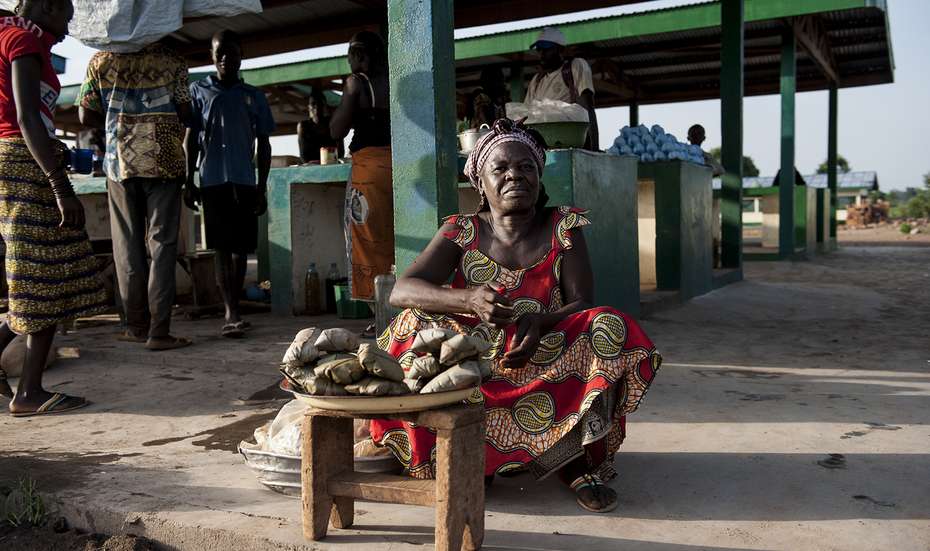
What is a food system?
Food systems are complex: They encompass the journey of food production from the field to the meals we eat every day. This covers four areas:
- the agricultural production of food,
- processing,
- packaging, transport and distribution, as well as
- trade and consumption to the point of preparation and eating of food.
Achieving sustainable and resilient food systems that provide sustainable, healthy diets for all requires transformational changes at the global, regional, and local levels while safeguarding biodiversity and halting climate change. This transformation is less about technical solutions and more about structural changes.
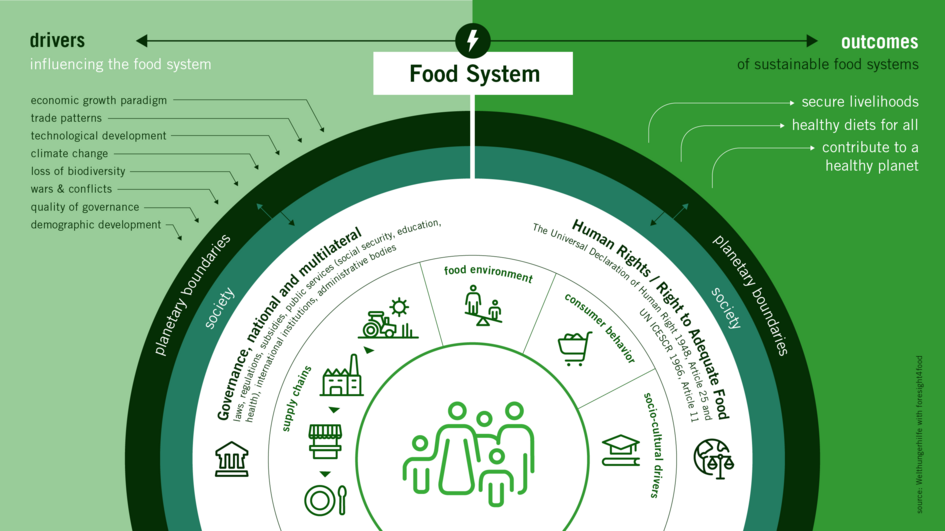
How these different areas function in practice depends in each case on political, economic, social, cultural and environmental conditions. They also determine whether risks are fairly distributed throughout the supply chain. A fair, sustainable and crisis-resistant food system takes the entire process into account and ensures that the human right to food is realized for all people worldwide.
Food is a human right
Everyone has the right to adequate, sufficient and healthy food – as stated in Article 11 of the UN Covenant on Economic, Social and Cultural Rights. 162 countries have committed under international law to respect, protect and guarantee the human right to food; this includes countries in the Global South as well as industrialized countries. Achieving the sustainability goal of United Nations' Zero Hunger by 2030 is therefore primarily a question of political will.
How is WHH involved in promoting a just food system?
The world is producing more food than ever. But our global food system is failing to provide healthy, sustainable, and affordable choices for everyone.
WHH calls for fundamental systemic change at all levels of the global food system. This is the only way to overcome unjust and unsustainable structures and thus achieve the goal of Zero Hunger by 2030. Our programs and projects strengthen smallholder, sustainable and resilient agriculture. We believe that administrations and governments should be held accountable for implementing the right to food. Therefore, together with our partners, WHH supports civil society organizations so that they can demand the human right to food in their countries. The initial success of this work is visible in Peru, where legal provisions are now in place at local level to promote the sustainable production of healthy food. In Malawi, improvements were made to key aspects of the Agricultural Inputs Scheme – the country’s central subsidy program for poor farmers with the establishment of a grievance redressal mechanism. In India, young mothers claimed their entitlements to receive nutritious rations following interface meetings with local authorities.
WHH's Food System Framework
WHH's food system framework provides operational guidance for practitioners. This document orients WHH staff and partners to:
(a) the food system transformation we strive for (our ambition),
(b) our guiding principles, and
(c) how we contribute to local food system transformation (our approach).
A toolbox of hands-on guidance for WHH programs and projects accompanies the framework. The framework will further evolve with on-the-ground experiences and global trends. For more information, please contact WHH's Sector Strategy and Knowledge Unit.
Sources and further information (in German)
Click to view
- Lisa Maria Klaus, 02/2021: „Unser Ernährungssystem läuft nicht rund“. In: Welternährung: www.welthungerhilfe.de/ welternaehrung.
- Marion Aberle, Erwin Northoff, 02/2021: „Dieser Gipfel darf sich nicht in ideologischen Grabenkämpfen verlieren”, Interview mit Prof. Dr. Joachim Braun. In: Welternährung: www.welthungerhilfe.de/welternaehrung.
- Prof. Dr. Insa Theesfeld, Elia Carceller, 04/2021: „Lebensmittel gehen alle an: Ernährungssysteme als Gemeingut begreifen?“. In: Welternährung: www.welthungerhilfe.de/welternaehrung.
- Welthungerhilfe/terre des hommes, 05/2021: „Kompass 2021 - Zur Wirklichkeit der deutschen Entwicklungspolitik“.
- WBGU – Wissenschaftlicher Beirat der Bundesregierung Globale Umweltveränderungen (2020): „Landwende im Anthropozän: Von der Konkurrenz zur Integration“, Berlin: WBGU.
- World Food Programme, 2021: „Food Systems“. In: www.wfp.org/food-systems.

